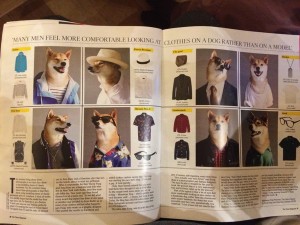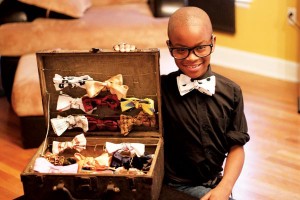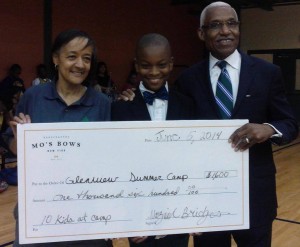“You run like a girl”, “you throw like a girl”, “ stop crying and be a man”, “man up and grow a pair”. Why is gender used as an insult? There are many other gendered insult words that have been completely normalized in our culture today, but being normalized doesn’t mean it is not sexist. This ad by Always changes the insult “like a girl” to a compliment, and raised awareness of sexism in our society.
!["You [insert verb] like a girl!! Photo: Twitter](https://blogs.ubc.ca/rachehui/files/2015/11/B_nIEU2W8AI0O03-300x225.jpg)
“You [insert verb] like a girl!! Photo: Twitter
As mentioned in Queeny Tran’s blog, there are many products that incorporate gender into it. From a marketing perspective, I agree with Queeny that this is a brilliant idea. This allows them to target a specific customer and become profitable, as many gender problems help men/ women gain more confidence. Exploiting these gender products in our culture today is considered normal, so if consumers are demanding it, these products should be produced.

“If I look at men, gay thoughts enter my brain and it’s because of all the men so I just want to look at dogs instead so I don’t feel gay. What if people saw me looking at fully clothed men and thought I was gay?” Photo: Twitter
On the other hand, from a social point of view, I also agree with Queeny that these products don’t need to be separated. They are literally the same product, but with a different packaging. Using gender as a way of marketing is sexist, and our society should be better than imposing gender on products.
Work Cited
Bailey, Luke. “27 Gendered Products That Prove Masculinity Is Incredibly Fragile.” BuzzFeed. N.p., 16 June 2015. Web. 29 Nov. 2015.
Shoaff, Morgan. “‘You Throw like a Girl!’ ‘MythBusters’ Puts the Classic Insult to the Test.” Upworthy. N.p., n.d. Web. 19 Nov. 2015.
#27 Stop Using Gendered Insults.” More Women in Skepticism. N.p., 10 Aug. 2011. Web. 19 Nov. 2015.





